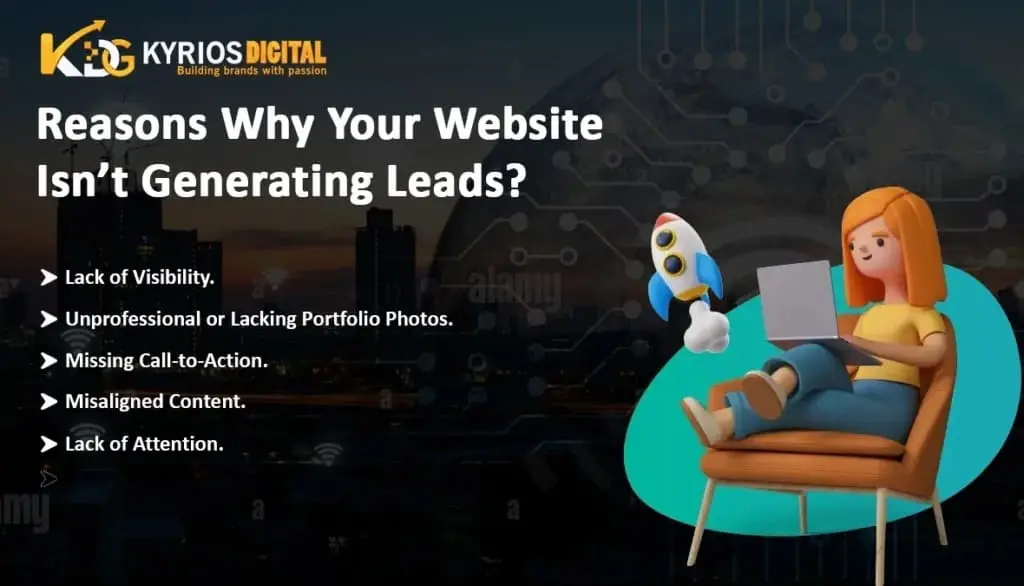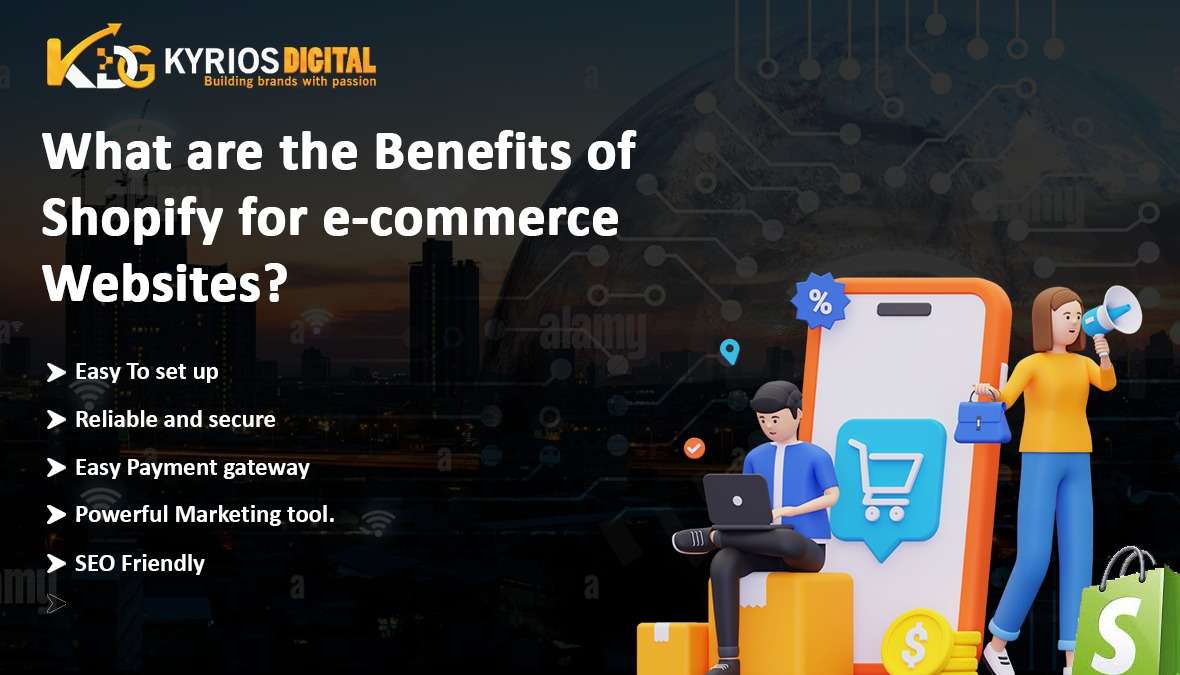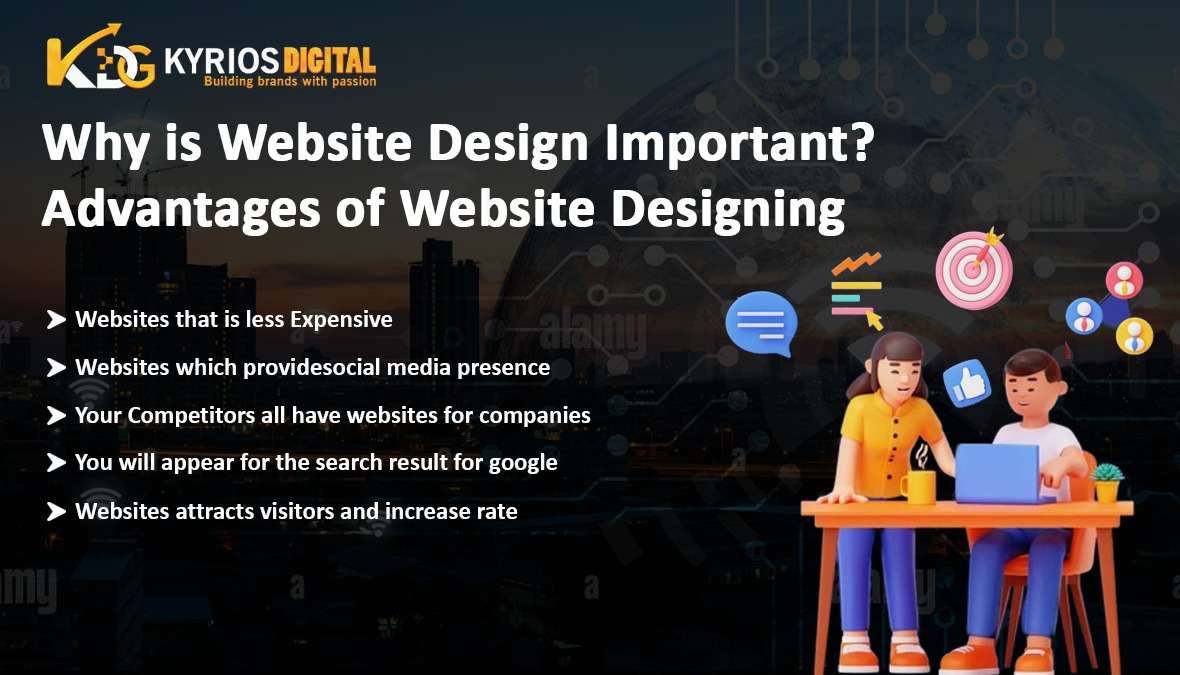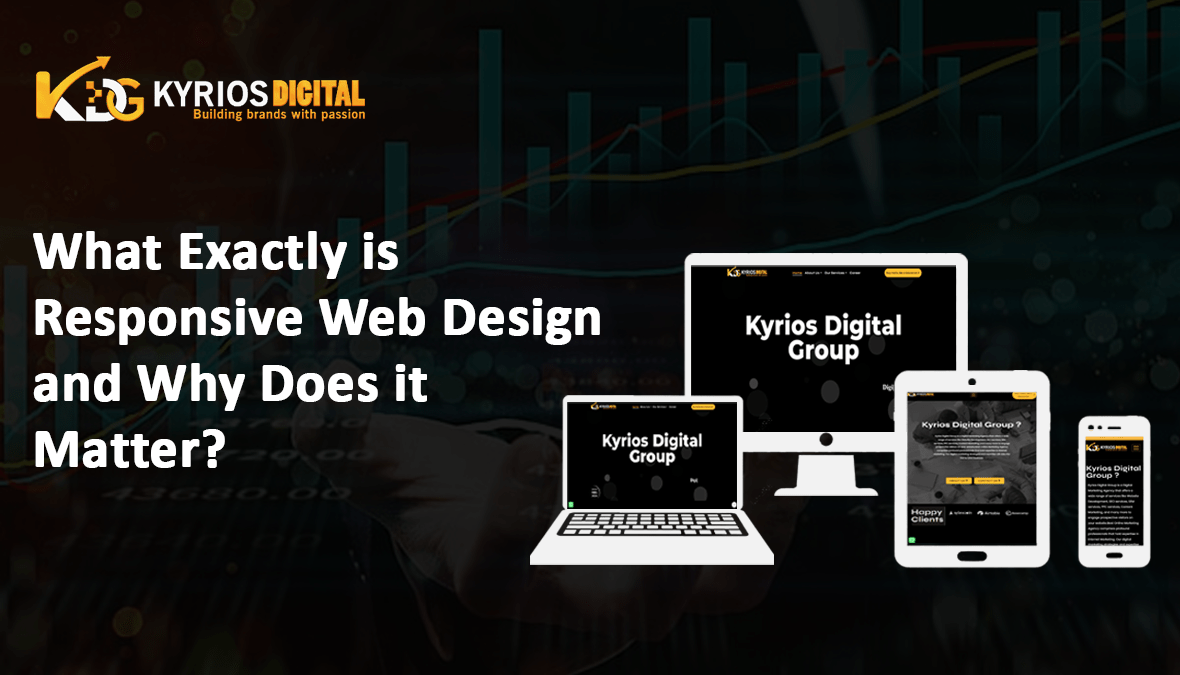5 Reasons Why Your Website Isn’t Generating Leads
In the Greater Noida West digital world, SEO services are essential for increasing visitors to your website and generating leads. However, simply having SEO in place does not ensure success in lead generating. Why Your Website Isn’t Generating Leads. Here are five critical reasons why your website may be slipping behind in producing leads, even adopting SEO services: Lack of Targeted Keyword Optimization While keywords are the foundation of SEO, merely adding them to your website is insufficient. The relevance and specificity of the keywords you choose greatly influence the efficiency of your SEO campaign. In Greater Noida West, where competition is severe, generic keywords would not suffice. Your SEO efforts must be focused on optimizing for keywords that are not only relevant to your business but also match the search intent of your target audience. Without this customized strategy, your website may attract people who aren’t actually interested in your products, resulting in low conversion rates. Poorly Designed Lead Capture Mechanisms Even if your website receives a high volume of visitors, it will not convert into leads until strong lead capturing procedures are in place. Lead capture forms, pop-ups, and subscription boxes should be carefully positioned and designed to encourage visitors to take action. Many websites fail to produce leads because their lead capture forms are either overly obtrusive, improperly timed, or ask for too much information from visitors. Streamlining the lead capture process and providing meaningful incentives, such as downloadable materials or special offers, may greatly boost lead production. Ineffective Call-to-Action (CTA) Optimization CTAs serve an important function in directing website visitors to take desired activities, such as signing up for a newsletter, seeking a quotation, or purchasing. However, if your CTAs are generic, uninspired, or hidden inside the text, they are unlikely to capture your audience’s attention. Effective CTA optimization is creating appealing, action-oriented messages that effectively express the value proposition and drive instant involvement. A/B testing different CTAs and monitoring their effectiveness will help you determine which ones are most effective with your audience and produce the highest conversion rates. Subpar Content Quality and Relevance Content is the foundation of every successful SEO strategy, but it’s more than simply quantity; it’s also about quality and relevancy. Why Your Website Isn’t Generating Leads? If your website’s content is out of date, badly written, or fails to meet your target audience’s pain points and interests, visitors will not be engaged or compelled to take action. Furthermore, in terms of lead creation, your content should be purposefully designed to educate, enlighten, and develop trust with potential prospects. Investing in high-quality, relevant content that addresses your target audience’s requirements and concerns may dramatically improve your website’s lead generating potential. Neglecting B2B Lead Generation Tactics Lead creation in B2B demands a different strategy than B2C tactics. If your website is primarily aimed at businesses in Greater Noida West, ignoring specialist B2B lead generating strategies might jeopardize your performance. This might include skipping networking events, failing to optimize your website for industry-specific keywords, or failing to provide material customized to the needs of businesses. Understanding the region’s particular B2B decision-makers’ concerns and preferences allows you to customize your SEO and lead generation techniques to better resonate with this audience and create more quality prospects. To summarize, while SEO services are critical for attracting visitors to your website, effective lead generation necessitates a comprehensive approach that extends beyond simple optimization. You may enhance your website’s lead generation efficacy in Greater Noida West by focusing on these five main areas: targeted keyword optimization, lead capture methods, CTA optimization, content quality, and B2B techniques.
5 Reasons Why Your Website Isn’t Generating Leads Read More »
Digital Marketing, Web Development



